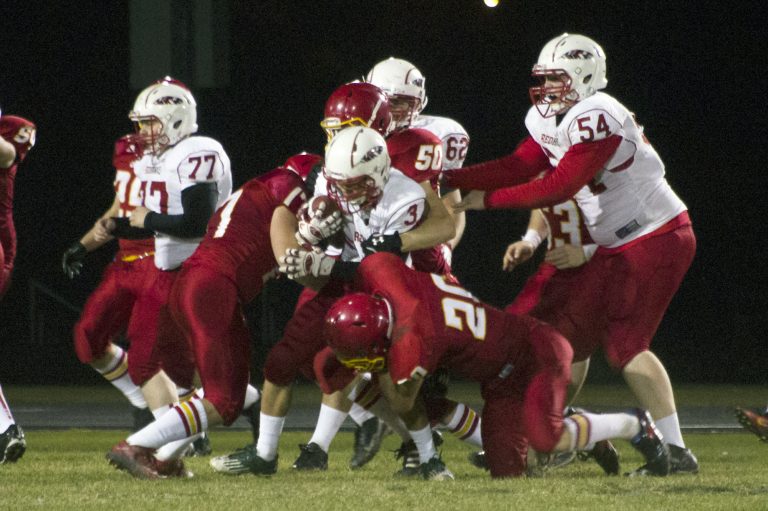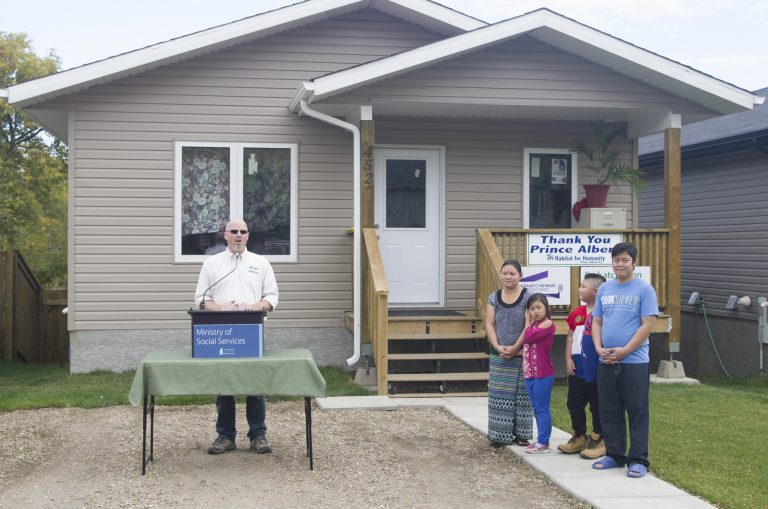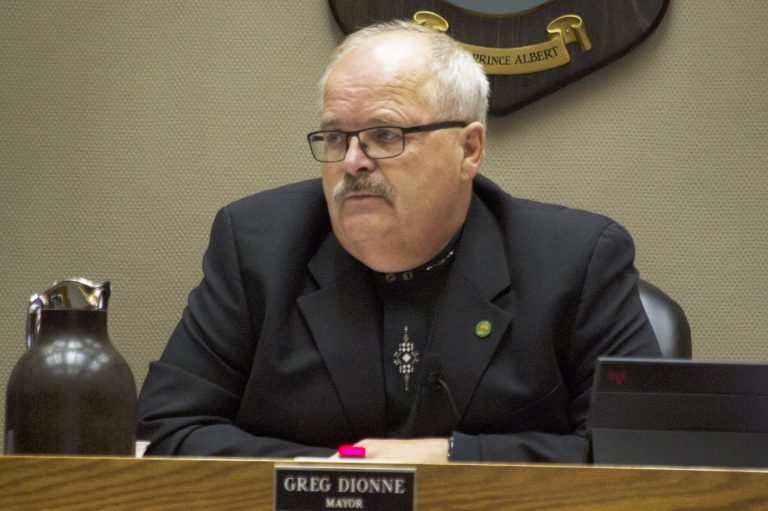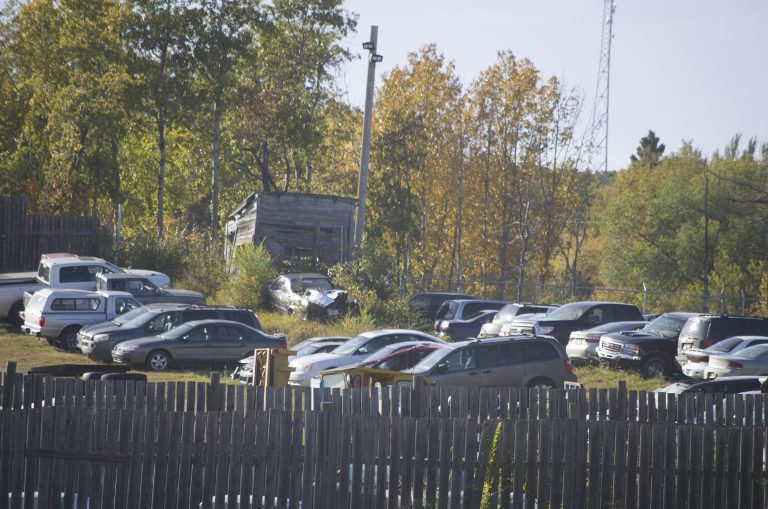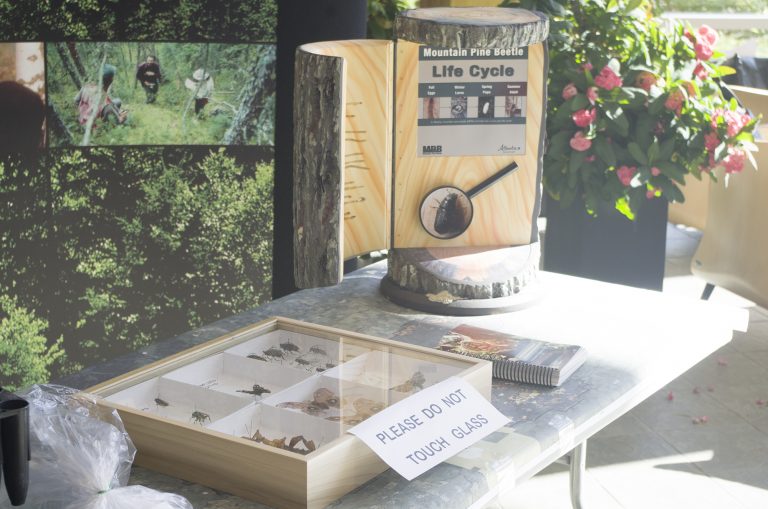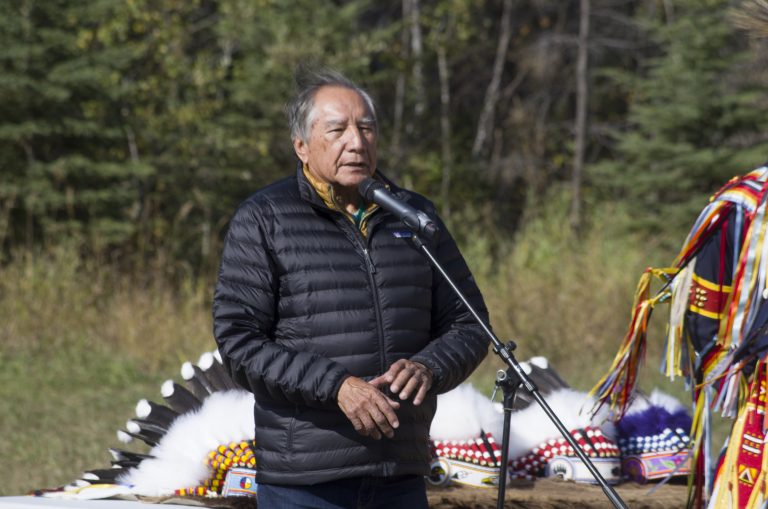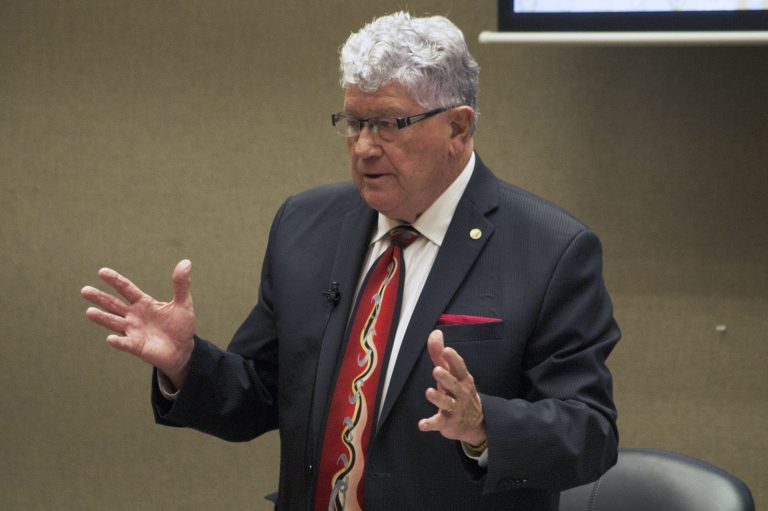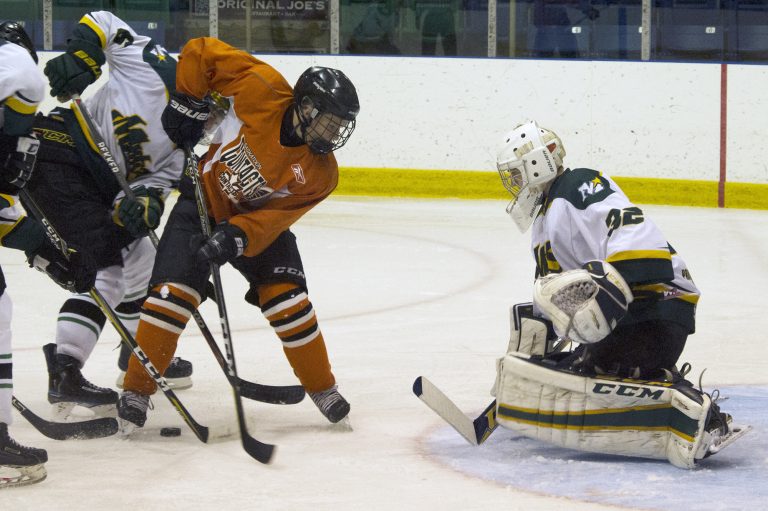Obsolete science has doomed Prince Albert’s flood plain bylaw.
City councillors rejected the 10 new regulations proposed by city administrators by a 6-3 margin during Monday’s council meeting, citing a lack of updated scientific data as the main reason.
The decision was welcome news for vocal flood plain opponents like Ward 4 Coun. Don Cody, who said he was glad to see it delayed.
“I’m very pleased that we were able to stop it for a period of time, until we (can) look into the science one more time and say, ‘are we really doing the right thing?’” Cody said. “We started this issue 50 years ago. Surely things change in 50 years.”
With council voting it down, Mayor Greg Dionne will have to approach the government to discuss ways to update the flood plain information. There is no timetable for how long this will take.
Despite being one of only three representatives to vote in favour of the bill, Dionne vowed to follow council’s direction and seek updated information from the province.
“I’m going to ask (the province) to get that information and we’ll bring it back, but at the end of the day, nothing changes,” he said. “Anyone who wants to develop in that area, they still have to qualify for one-in-500. There’s no forgiveness.”
After the meeting, Dionne remained optimistic that this vote was just a short-term set back. He said he will instruct the planning department to start implementing the 10 regulations to help people who wanted to build or renovate their houses in the flats in anticipation of future approval.
“It was obvious at the last meeting that (the flood plain) hasn’t affected house sales in the last four years, and we have people building new places, so we’ll move forward,” he said.
Flood Plain Bylaw 24 of 2017 would have introduced new tools allowing city planners to regulate development among the roughly 2,000 properties affected by the one-in-500 flood plain. Council needed to approve the bylaw as part of the city’s official community plan. The original government deadline to pass the motion was pushed back once from Dec. 31, 2016 to give councillors more time to debate the issue.
As one of three councillors representing wards touching the North Saskatchewan River, Cody expressed skepticism about any fallout from not passing the new regulations.
“Let’s be honest about it. They (the provincial government) have a hard enough time getting enough staff now to do all the developments that they have to do, and they’ve got a myriad of things to do.” Cody told councillors. “They’ve got subdivisions to do in little communities…. You mean to tell me know they’re going to take over (planning) a city like ours? Not a chance.”
Ward 2 Coun. Terra Lennox-Zepp, joined Cody in voting down the motion. She expressed skepticism about the city’s priorities and suggested flood mitigation measures were more important.
“I am in vast agreement that it makes much more sense for the city to focus on mitigation measures for our neighbourhoods at large, rather than downloading liabilities onto individual property owners,” she said.
Councillors Charlene Miller, Blake Edwards, Dennis Ogrodnick and Ted Zurakowski also voted against the bylaw, with many of the dissenters expressing frustration with the lack of updated data.
“We’ve spent time in this chamber looking for the science,” Zurakowski said during the meeting. “We’ve asked for it. There is no science. There’s no justification and there’s certainly no funding for the city or for the residents to accommodate what some would call punitive, in some cases, restrictions.”
“If somebody is imposing or suggesting or demanding that we do the one-in-500, then help us get the current data so we can make an informed decision,” Ogrodnick added. “I don’t think we can make an informed decision based on that presentation (at Riverside School on Sept. 6).”
Of the three councillors representing residents living in the flood plain, Ward 3 Coun. Evert Botha was the only one to vote in favour of the motion. Botha wanted to pass the bylaw for now, while still pursuing additional updated information and moving forward with stronger flood mitigation plans.
He also expressed concerns about the large amount of misinformation surrounding the issue, and urged his fellow councillors to place more trust the Water Security Agency, who presented on Sept. 6.
“The Water Security Agency has said that they’re very happy with the data, and if we pass this today, we can still explore opportunities for funding,” Botha said. “There are some funding programs available for us to get additional data as far as our flood plain is concerned.”
While bylaw opponents like Cody aren’t worried about the fallout, Dionne said the decision could affect the city’s coffers. Provincial funding is conditional on having an outstanding community plan, he explained, which in turn is conditional on approving the new flood plain regulations.
“We’ll see where it goes from here, but it affects funding, and I have no issue standing up and saying why we didn’t get it,” Dionne explained. “That’s why I asked for a recorded vote.”
While he understood the desire to have more up to date information, Dionne said many councillors were making a mountain out of a molehill. He also worried some were playing politics when they should be looking out for the city. Despite his concerns, Dionne vowed to follow council’s instructions and lobby the province for more information.
“It’s sad that we politicize some discussions, and that’s one of them,” Dionne said. “It’s clear from comments it’s us against the government, but I’ll speak with the government on how we can continue to move this forward and see what information we can get.”
For his part, Cody said he’s only doing what the residents in his ward elected him to do. He wants the regulations done right, but ultimately believes the government will reconsider the one-in-500 flood plain altogether if they see new data.
“The science has not been looked at for 50 years and I think it needs to be looked at. Once we get that changed, I think you’re going to find that the government will say, ‘well, yes, you have a point there.’”
@kerr_jas • jason.kerr@paherald.sk.ca

